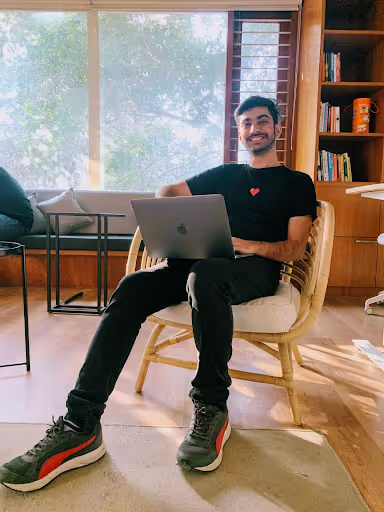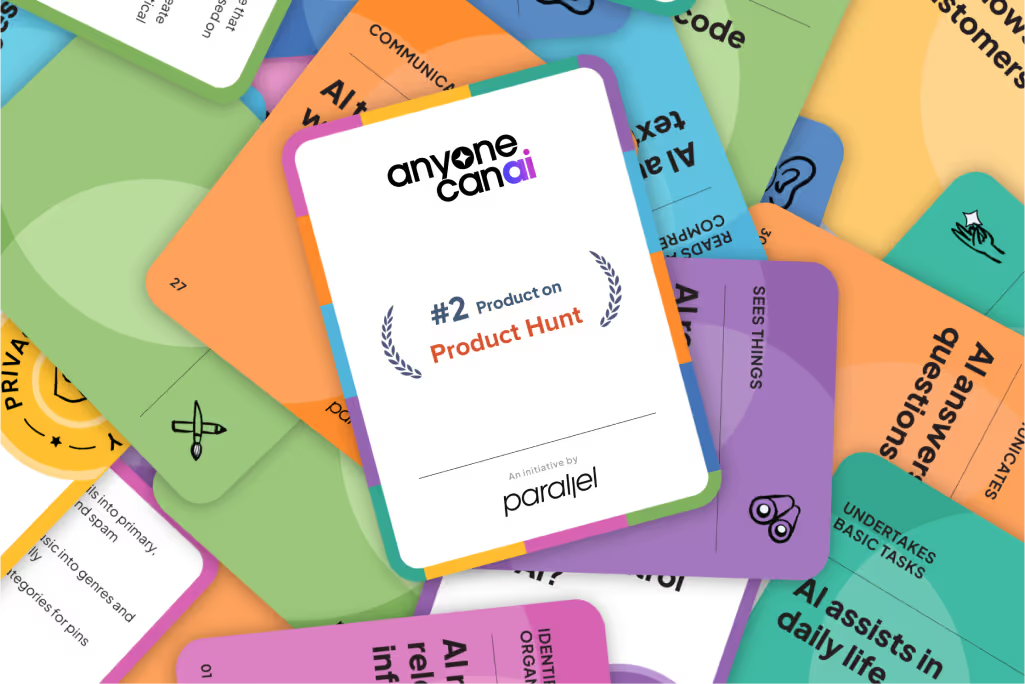10 Best Branding Company for Small Businesses (2026)
Find top branding companies for small businesses that create cohesive brand strategies, enhance visibility, and boost customer engagement.

When I work with early‑stage teams, the first question is never “what color should our logo be?” It’s “what are we here to say, and why will anyone care?” Your brand identity is the visible expression of that answer.
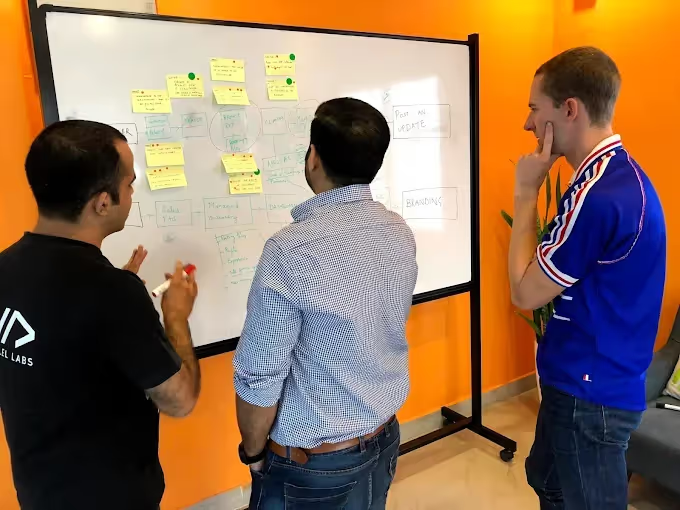
It’s not just a logo; it’s every way people encounter your business – from colours and typefaces to the tone of your marketing and the way a support call feels.
- Done well, brand identity drives financial performance by enabling premium pricing and loyalty.
- Done poorly, it becomes noise in a sea of competitors.
This article shares how to pick a partner who can help you build that foundation and profiles 10 firms we see serving founders and design leaders well.
Quick Answer: Best Branding Companies for Small Businesses (2026)
If you're a small business looking for expert branding support in 2026, here are three standout options:
- Parallel – Ideal for product-driven startups needing a scalable brand system.
- Duck.Design – Best for businesses needing flexible, ongoing design via a monthly subscription.
- Brandstop – Great for budget-conscious founders needing fast, full-service branding.
See below for the full top 10 list and how to choose the best partner for your business needs.
Top 10 branding companies for small businesses
1. Parallel

I run Parallel, so let me begin with what we do differently. We approach branding as product builders. Our work spans strategy, visual systems, and implementation. That means we spend time clarifying the product story before touching design. Clients appreciate our ability to create a brand identity that is coherent across the website, product UI, sales decks, and marketing campaigns.

We build design systems—documentation of colours, typography and components—so your team can move fast and stay consistent. We’ve helped AI and SaaS startups raise capital, grow their user base, and scale without losing their voice.
2. Duck.Design

Duck.Design is ideal for teams that need a steady stream of design without hiring a full creative staff. Instead of selling a single logo, they offer a subscription that covers graphic design, UI/UX, websites and marketing collateral. Founders appreciate the predictable monthly pricing and the ability to submit requests as their needs evolve. For small businesses, this can mean getting a marketing flyer one week and a landing page the next. Duck.Design’s speed makes them a practical option when you have a backlog of design tasks and need a plug‑and‑play partner. brand identity visual branding logo design digital branding brand strategy marketing solutions small business marketing brand development creative agency brand consulting brand positioning brand messaging branding services corporate branding online presence
3. NinjaPromo

NinjaPromo blends creative work with performance marketing. They build visual identities and websites, but they also run campaigns across social networks and search. Their pitch is ROI‑driven: they craft stories that fit each channel and measure the results. For early‑stage founders, this integrated approach can be attractive because it ties design work to lead generation. NinjaPromo emphasises narrative across every medium—graphics, copy, video and product screens—so your brand feels unified. brand identity visual branding logo design digital branding brand strategy marketing solutions small business marketing brand development creative agency brand consulting brand positioning brand messaging branding services corporate branding online presence
4. Odd Dog Media
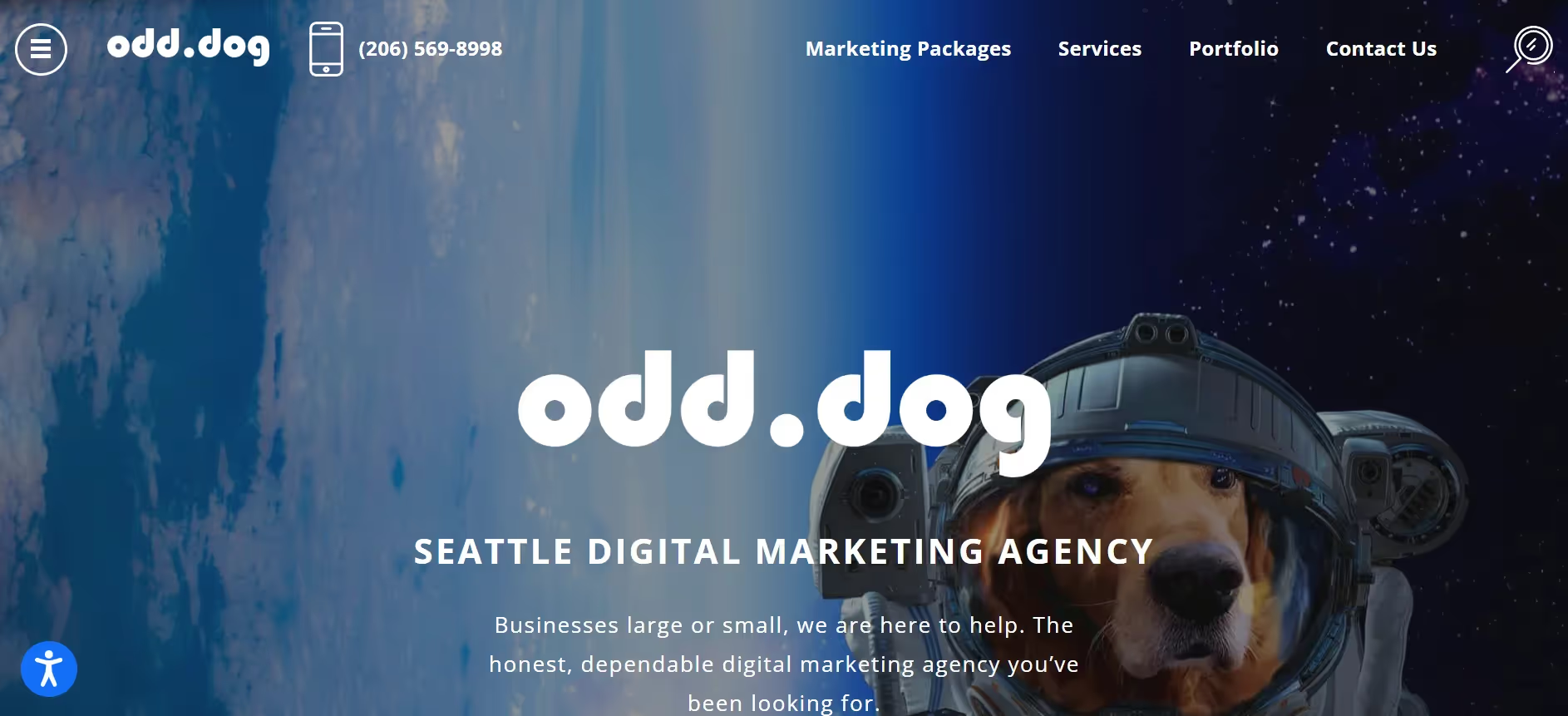
Odd Dog Media is a Seattle‑based firm focused on cohesive experiences. They begin with research—interviews with customers and market analysis—to uncover what makes your business distinct. From there, they develop logos and visual systems and bring them to life through websites, printed materials and campaigns. Their team has a reputation for clear communication and for blending brand strategy with search and social marketing. If you need both a positioning exercise and help driving traffic, Odd Dog can support you.
5. Brandstop

Brandstop operates out of the UK and offers full‑service support at a price point that suits smaller budgets. They handle everything from naming and positioning to logo design and marketing collateral. What makes them notable is their efficiency and ability to deliver on shorter timelines. This is valuable for founders who need to launch quickly without sacrificing quality. Because they also offer website development and packaging, you can have a single partner across multiple channels.
6. MadeByShape / Brand Purist

MadeByShape and its sister studio Brand Purist take a sprint‑based approach. They run “brand sprints”—short, intensive engagements that deliver the essentials: a clear positioning statement, logos, colour palette, and a basic website or landing page. These sprints are excellent for early‑stage teams with limited budgets or for founders who want to test a concept before investing heavily. The structure forces quick decisions, which is often what startups need. brand identity visual branding logo design digital branding brand strategy marketing solutions small business marketing brand development creative agency brand consulting brand positioning brand messaging branding services corporate branding online presence
7. Growth Hackers

Growth Hackers is as much a strategy firm as a design shop. They specialise in crafting positioning, messaging and names before moving on to visual work. Their clients are often SaaS and tech companies looking to scale. Growth Hackers invests heavily in research and uses data to guide design choices. They also think about scalability: can this logo adapt across products? Can the brand voice support future product lines? For founders aiming to build a long‑term asset, this strategic depth is invaluable. brand identity visual branding logo design digital branding brand strategy marketing solutions small business marketing brand development creative agency brand consulting brand positioning brand messaging branding services corporate branding online presence
8. Honey Creative
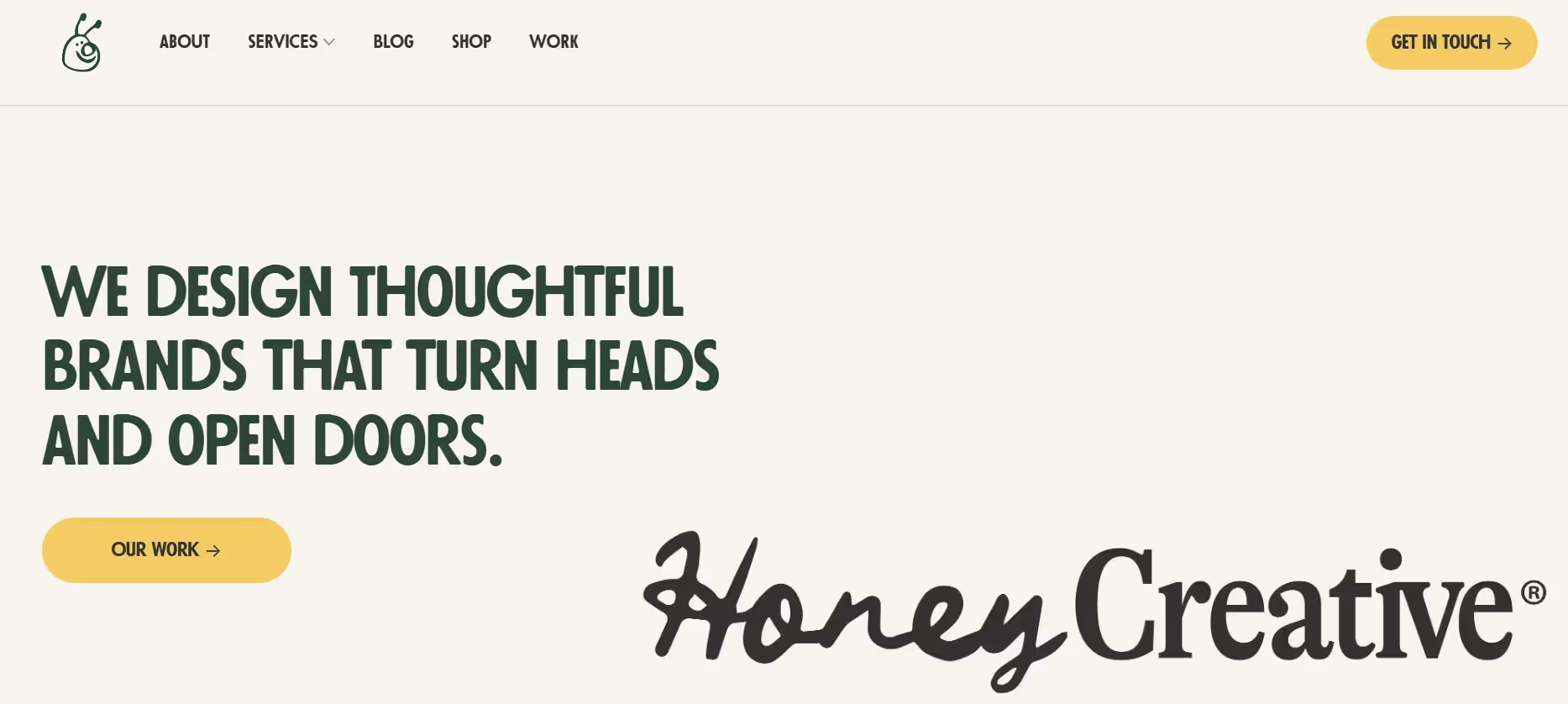
Honey Creative is a smaller studio with significant creative impact, specializing in narrative and packaging. The team is recognized for working closely with founders, listening deeply, and crafting brands that feel personal. For design leaders, this offers a chance for direct collaboration with the team doing the work, not just with account managers.
9. DesignRush

DesignRush isn’t an agency but a directory. It curates branding firms and verifies client reviews, making it easier for founders to compare options. If you’re not ready to commit to one partner or you want to see a variety of creative agencies and corporate firms, DesignRush offers filters by budget, service and industry. This can be a great starting point when you’re exploring the landscape and want to shortlist potential partners.
10. RankFirms
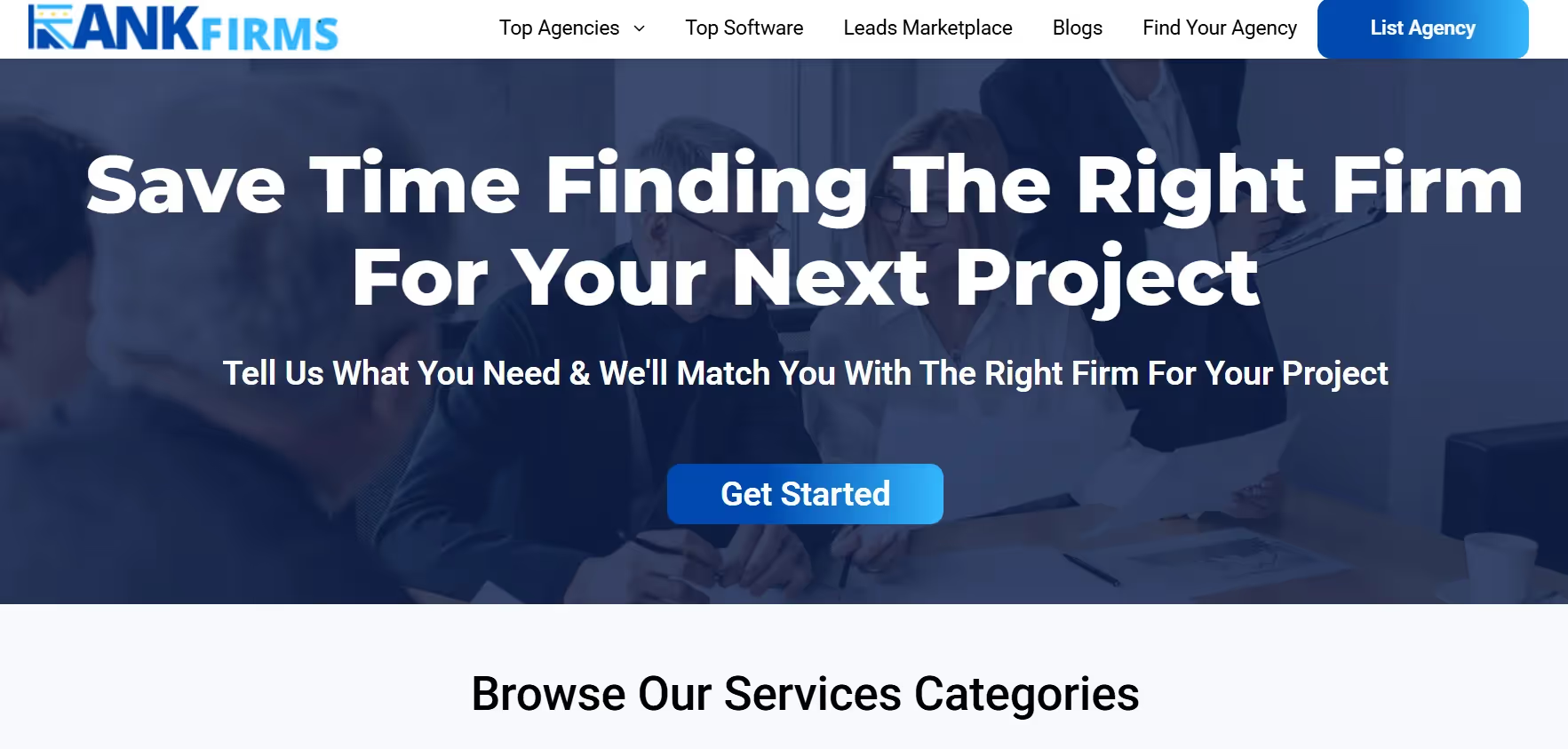
Like DesignRush, RankFirms is a lead‑generation platform that surfaces agencies with success stories and positioning tools. It’s particularly useful for founders and product leads who need to evaluate multiple firms quickly. RankFirms highlights client testimonials, case studies and sector expertise, which can help you decide which companies to contact. Using directories doesn’t replace due diligence, but they can save time by narrowing your search.
What founders and design leads should look for?
Different roles have different needs when it comes to branding.
Founders and product managers need partners who can translate the business model into a clear story. This includes brand strategy—research, positioning and messaging—along with assets that support fundraising decks, landing pages and investor updates. They may also need marketing support to reach early adopters.
Design and product leaders, by contrast, look at craft: typography, layout, motion, micro‑interactions and how the brand translates into the product UI. They care about collaboration, iteration, and whether an agency can integrate with their design and engineering teams.
Peers in design or tech want to see authenticity and sophistication; they are sensitive to clichés and overused patterns. A good partner speaks all of these languages and adapts to the pace and constraints of a startup.
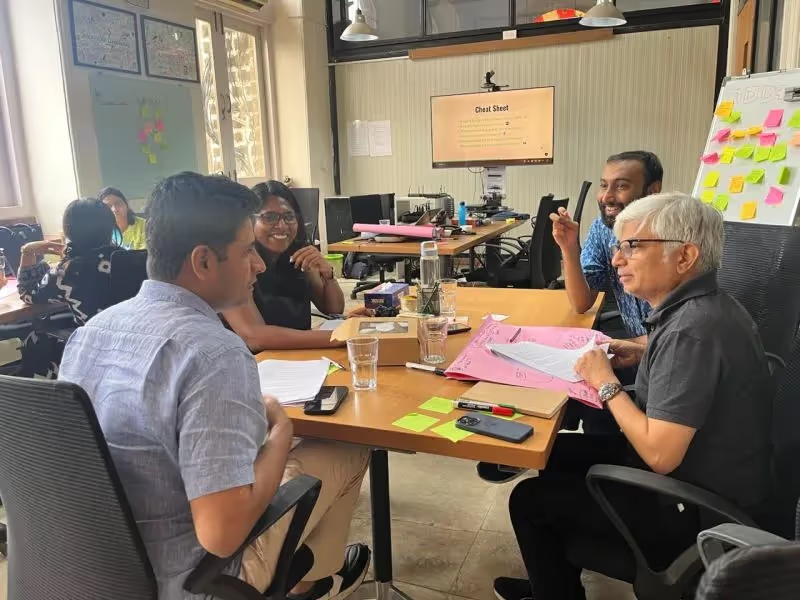
When evaluating partners, ask them to share how they define and document your brand identity. Strong agencies provide comprehensive guidelines, including color palettes, typefaces, logo usage, imagery rules and tone of voice.
Ask about their process:
- Do they start with research?
- Do they interview customers?
- Do they provide tools like mood boards or design systems?
Look for transparency and the willingness to challenge your assumptions. Like we do at Parallel 😉
Branding Companies Comparison Table (2026)
Conclusion
Choosing a branding partner isn’t about picking the flashiest portfolio; it’s about finding a collaborator who can help you articulate your value and express it coherently across every touchpoint. For some, that might mean working with Parallel to build a system that scales. Others may prioritise speed or budget and opt for firms like Duck.Design or MadeByShape. What matters is that the partner understands your stage, audience and constraints.
A thoughtful brand not only makes you look polished; it builds trust, reduces confusion, and can even lift revenue. In a crowded market where 55% of first impressions are visual, investing in your brand identity early on gives you an edge. brand identity visual branding logo design digital branding brand strategy marketing solutions small business marketing brand development creative agency brand consulting brand positioning brand messaging branding services corporate branding online presence
FAQ
1) How much should I invest in branding as a small business?
A practical guideline is to allocate 5–10% of your revenue to marketing, and a portion of that toward branding. For firms under USD 5 million, the U.S. Small Business Administration reports that marketing spend often hovers around 8% of revenue. In India, early‑stage startups typically invest ₹50,000–₹500,000, while globally the range is about $5,000–$50,000. The exact figure depends on scope: a simple sprint costs less than a full strategy, naming, and design system engagement.
2) What’s the difference between brand identity, visual branding and brand strategy?
Brand identity covers the visible elements—logo, colours, typography and overall look. Visual branding is how those elements live across touchpoints: websites, packaging, apps, ads and signage. It’s about consistency. Brand strategy is the reasoning behind it all: positioning, messaging, audience insights and the story you tell. Without strategy, visuals become decoration; without visuals, strategy stays abstract.
3) What is a brand sprint?
A brand sprint is a short, focused engagement (often 7–10 days) to produce the essentials: a positioning statement, logo, colour palette, type choices and messaging guidelines. It’s useful for early‑stage teams who need to launch quickly or test a concept before investing more heavily. Studios like MadeByShape offer sprint packages that deliver usable assets fast.
4) Should I hire an agency or use a directory like DesignRush or RankFirms?
Agencies provide hands-on support. They conduct research, challenge your assumptions and build assets. Directories are tools for discovery: they help you see the field and compare budgets and services. If you’re unsure what you need, start with a directory to shortlist options, then speak to agencies to understand their approach. Use the conversations to gauge fit and expertise.
5) Can I do branding in‑house instead of working with a company?
You can, particularly if you have a design‑savvy co‑founder or an experienced product designer. Doing it in‑house gives you control and can save money. However, external partners bring objectivity, specialised skills and frameworks. They can push you to articulate ideas you might gloss over. The choice comes down to bandwidth and experience. Many teams start with external help to build a foundation and later hire an internal brand lead to steward it.


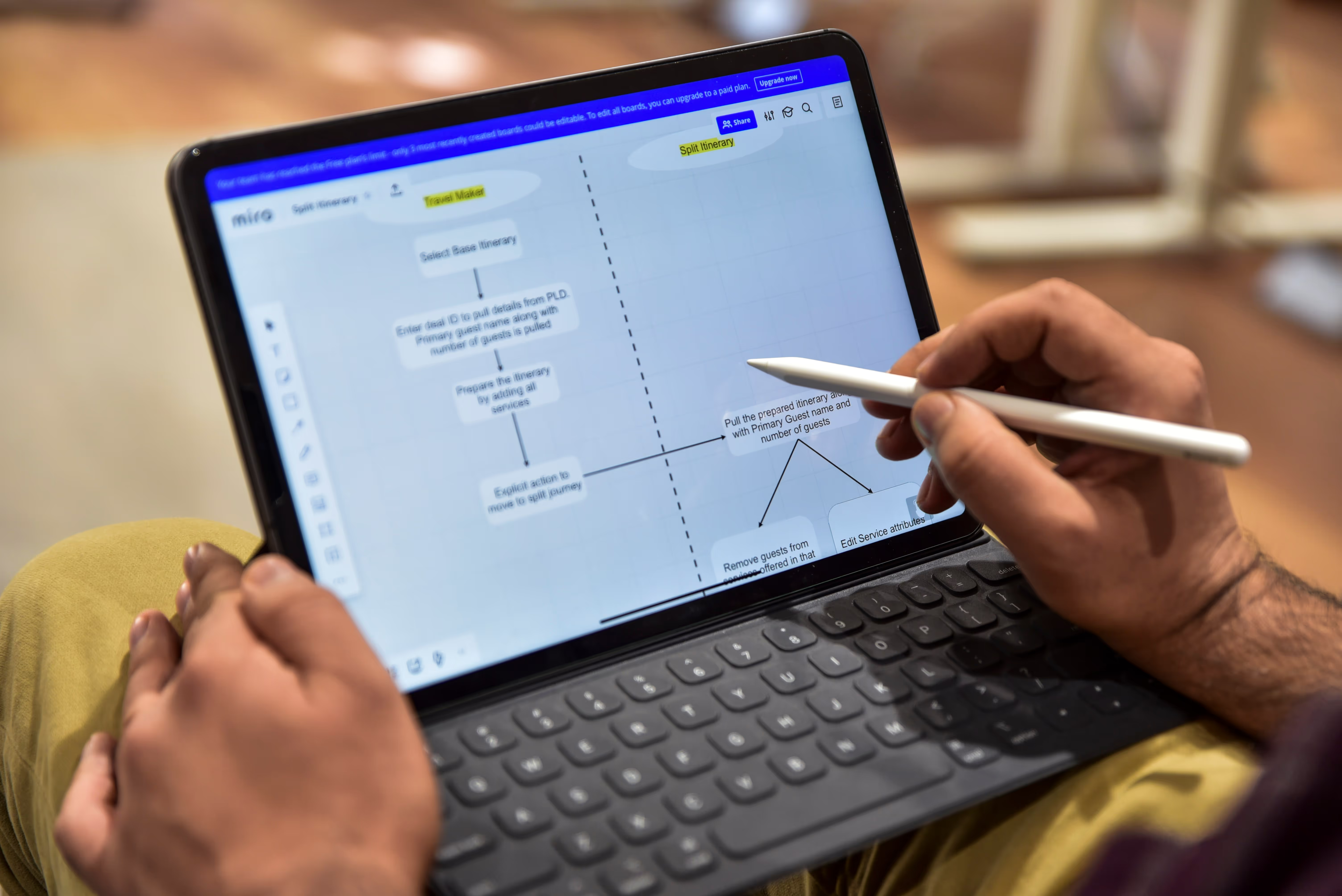
.avif)
